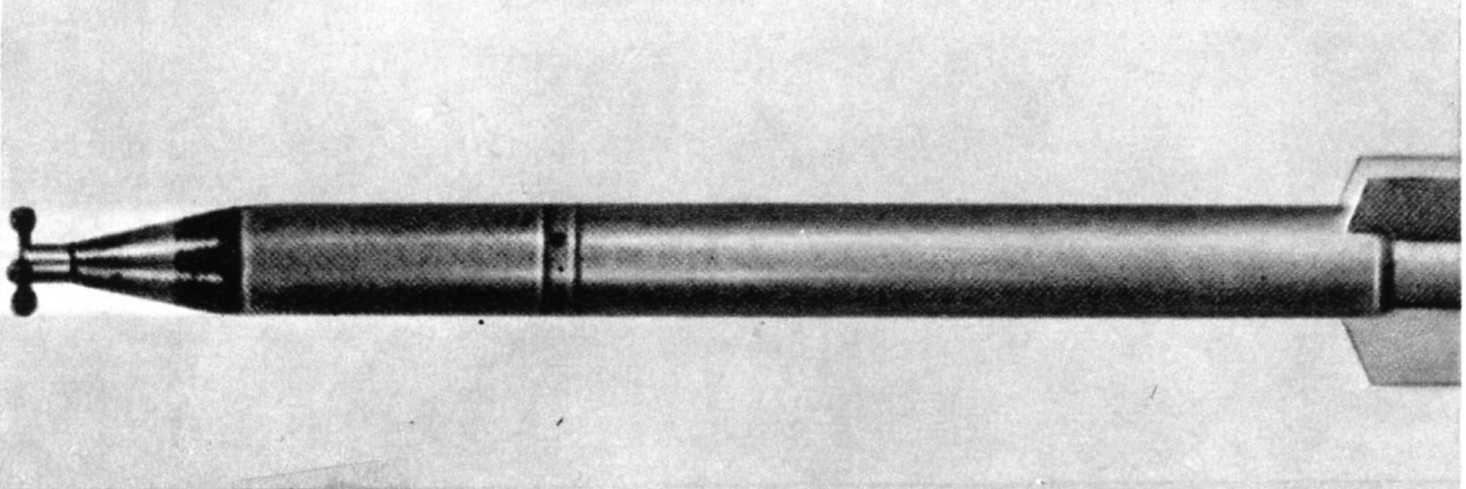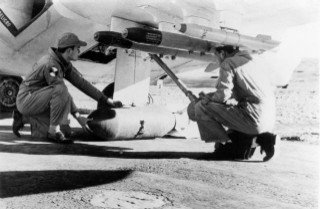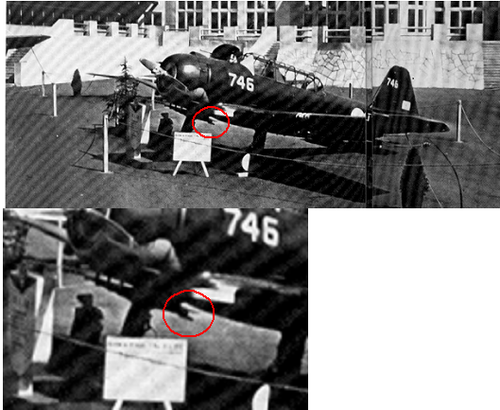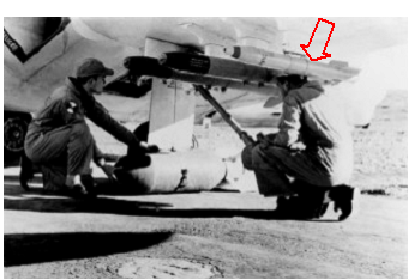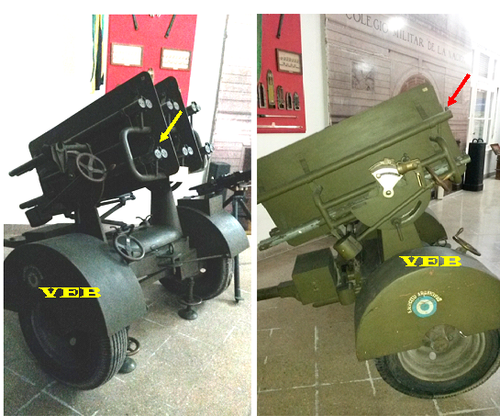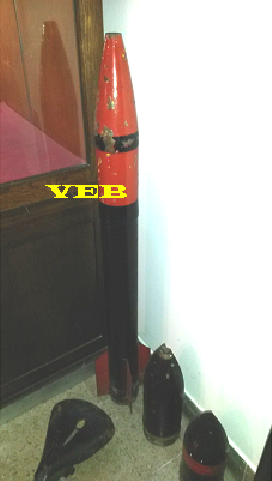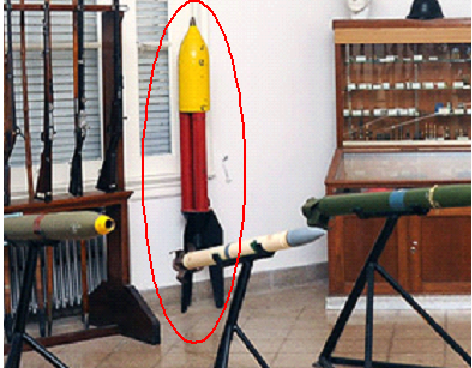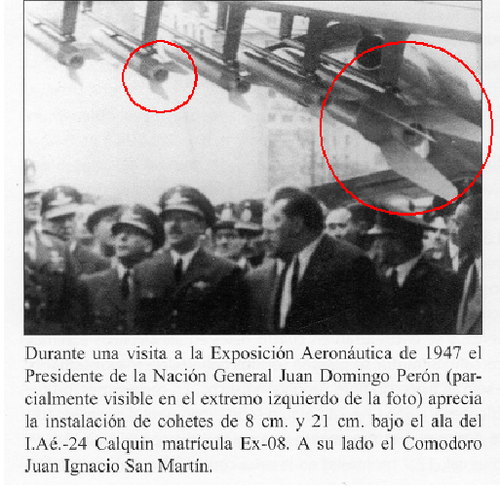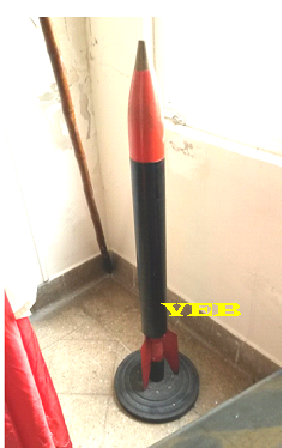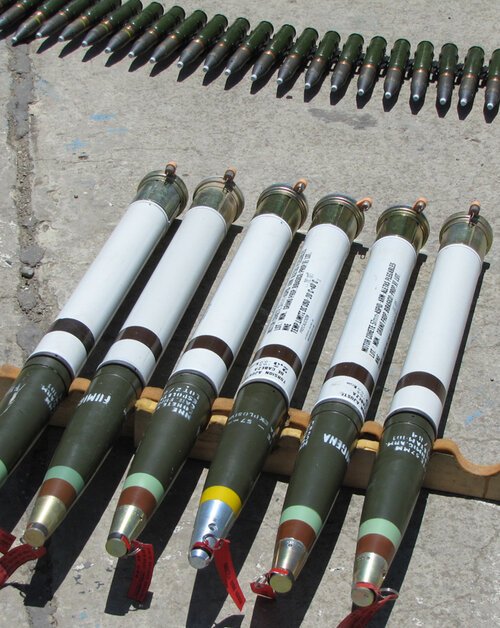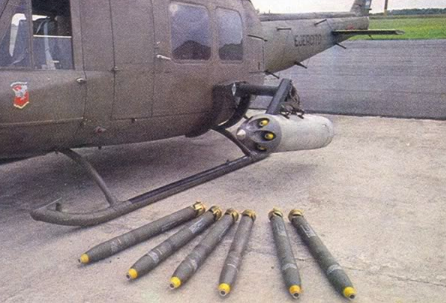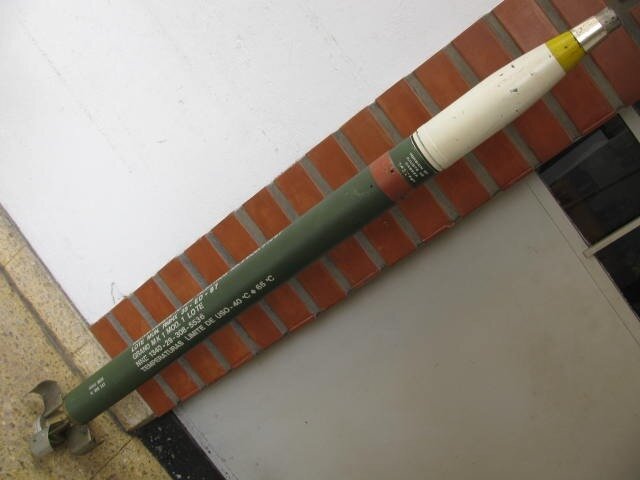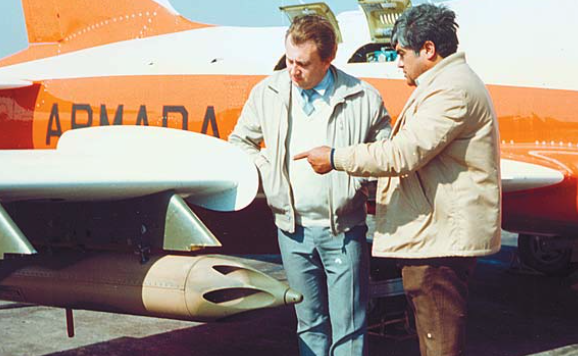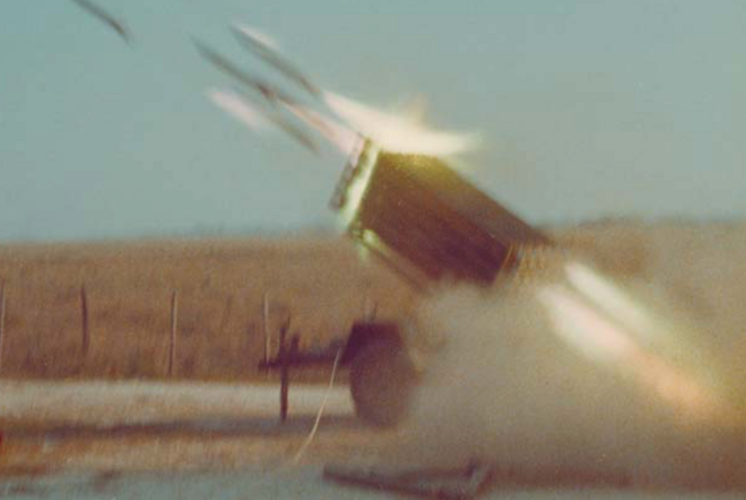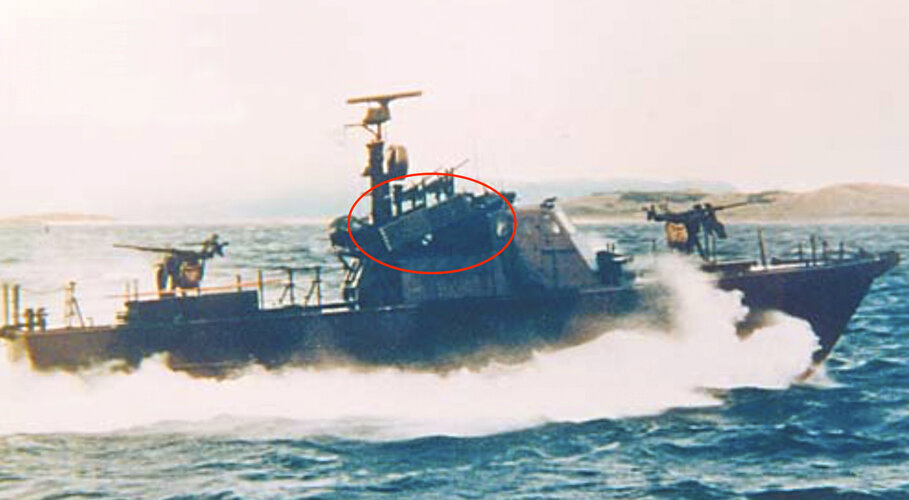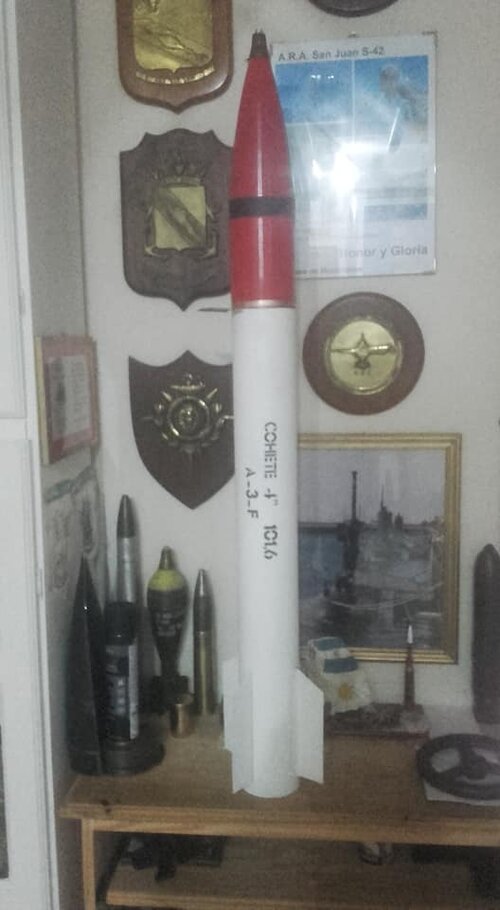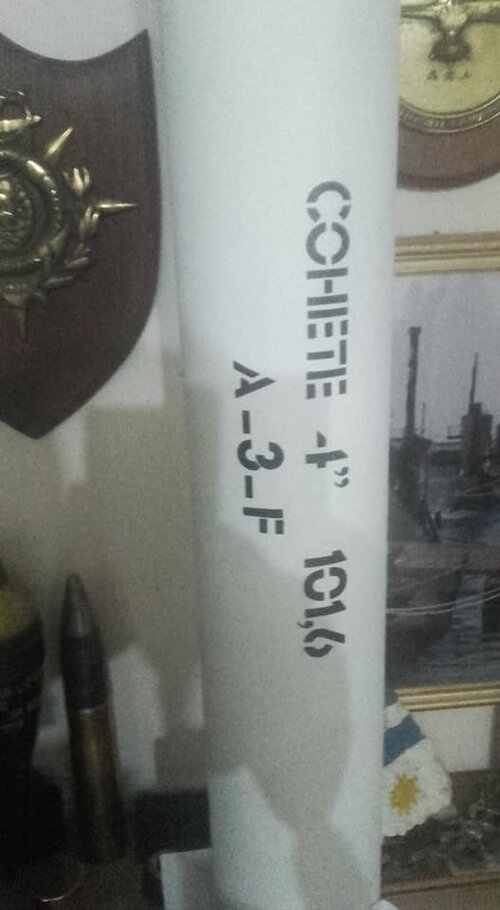- Joined
- 28 November 2006
- Messages
- 711
- Reaction score
- 731
According to books published in Poland ("Rakiety bojowe 1900-1970" by Burakowski and Sala) and Czechoslovakia ("Vojenske rakety" by Kroulik and Ruzicka) there were several unguided rockets developed in Argentina in the 1950s.
These books mention three particular types:
The A3F artillery rocket.
Caliber: 100 mm or 101.6 mm. Length: 1.22 m. Weight: 28 kg. Warhead weight: 10.5 kg. Range: 8,850 m. Thrust: 387 kp. Max. speed: 400 mps.
The A3H air-to-ground rocket (a derivative of the above-mentioned A3F).
Caliber: 100 or 102 mm. Length: 0.976 m. Weight: 22.7 kg. Warhead weight: 10.4 kg. Range: 5,600 m. Thrust: 383 kp. Max. speed: 284 mps.
The A4M air-to-air rocket.
Caliber: 60 mm. Length: 0.72 m. Weight: 4.36 kg. Warhead weight: 1.58 kg. Range: 6,500 m. Thrust: 260 kp. Max. speed: 104 mps.
Below you may see photos of the rockets from the book by Burakowski and Sala.
Interestingly, information on these rockets come, as far as I know, exclusively from souces published in what was then the Warsaw Pact (I suppose that you could find some Soviet/Russian books or magazines where there are notes on the rockets). I have tried to google the rockets, but to no avail, which can mean that the designations given here are not actual.
Nevertheless the rockets must have existed. And the Argentinians (or rather the German engineers hired by the Argentinian authorities) did work on unguided rockets as early as 1940s and 1950s. In a description of almost every indigenous Argentinian (or actually German-Argentinian) aicraft that was developed in that era you may find that it was to be armed e.g. with 75mm unguided rockets. Some time ago I saw in a magazine (I cannot remember what magazine it was, it could most probably be the "Air Enthusiast" or the "Airplane Monthly") a pictorial of the Grumman F9F Panthers in service with the Argentinan Navy's air arm - they had under their wing rockets that were apparently smaller than the US 5-in HVARs. What were they?
So, the issue of the Argentinian unguided rockets remains (to me at least) a little bit misterious matter. Perhaps other members of our forum know more (or almost everything) on the subject?
Best regards,
Piotr
These books mention three particular types:
The A3F artillery rocket.
Caliber: 100 mm or 101.6 mm. Length: 1.22 m. Weight: 28 kg. Warhead weight: 10.5 kg. Range: 8,850 m. Thrust: 387 kp. Max. speed: 400 mps.
The A3H air-to-ground rocket (a derivative of the above-mentioned A3F).
Caliber: 100 or 102 mm. Length: 0.976 m. Weight: 22.7 kg. Warhead weight: 10.4 kg. Range: 5,600 m. Thrust: 383 kp. Max. speed: 284 mps.
The A4M air-to-air rocket.
Caliber: 60 mm. Length: 0.72 m. Weight: 4.36 kg. Warhead weight: 1.58 kg. Range: 6,500 m. Thrust: 260 kp. Max. speed: 104 mps.
Below you may see photos of the rockets from the book by Burakowski and Sala.
Interestingly, information on these rockets come, as far as I know, exclusively from souces published in what was then the Warsaw Pact (I suppose that you could find some Soviet/Russian books or magazines where there are notes on the rockets). I have tried to google the rockets, but to no avail, which can mean that the designations given here are not actual.
Nevertheless the rockets must have existed. And the Argentinians (or rather the German engineers hired by the Argentinian authorities) did work on unguided rockets as early as 1940s and 1950s. In a description of almost every indigenous Argentinian (or actually German-Argentinian) aicraft that was developed in that era you may find that it was to be armed e.g. with 75mm unguided rockets. Some time ago I saw in a magazine (I cannot remember what magazine it was, it could most probably be the "Air Enthusiast" or the "Airplane Monthly") a pictorial of the Grumman F9F Panthers in service with the Argentinan Navy's air arm - they had under their wing rockets that were apparently smaller than the US 5-in HVARs. What were they?
So, the issue of the Argentinian unguided rockets remains (to me at least) a little bit misterious matter. Perhaps other members of our forum know more (or almost everything) on the subject?
Best regards,
Piotr
Attachments
Last edited:


